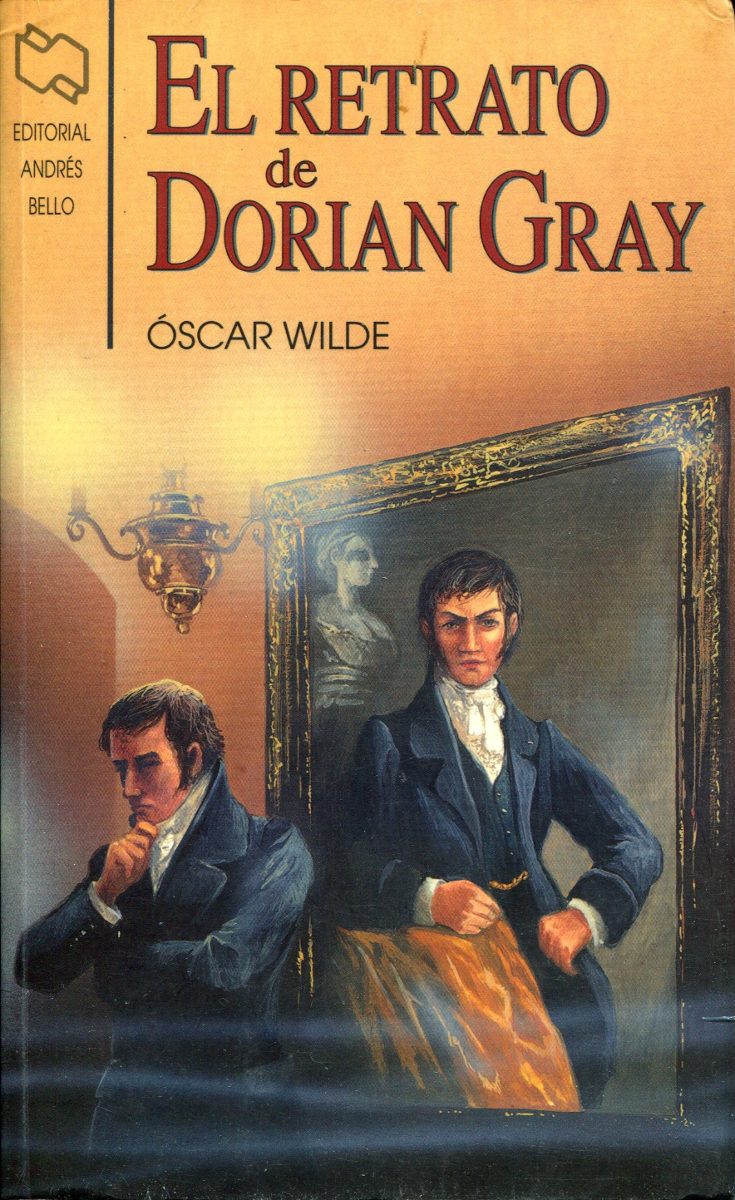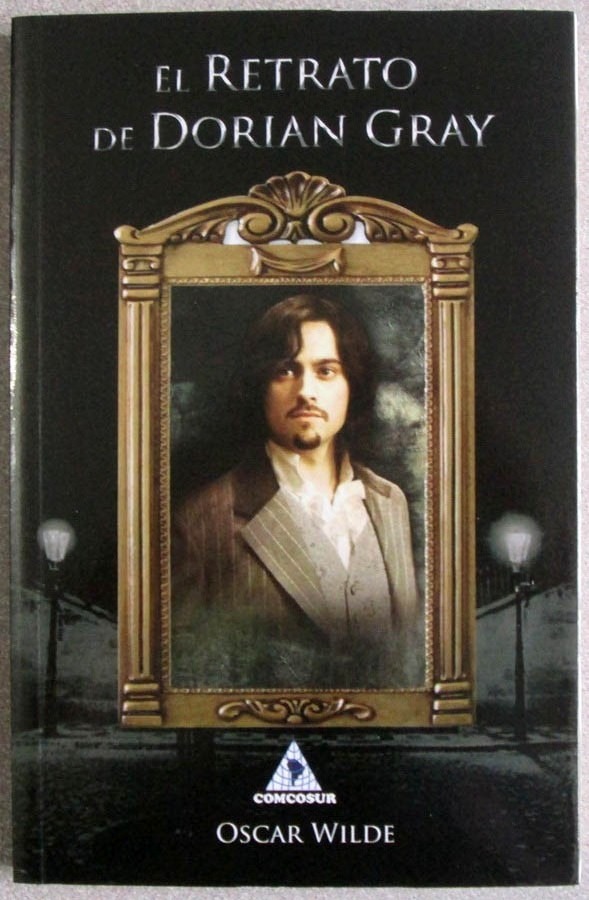

H.", a very different story but one that has a similar title to The Picture of Dorian Gray and has been described as "a preliminary sketch of some of its major themes", including homosexuality. In July 1889, Wilde published " The Portrait of Mr. Doyle promptly submitted The Sign of the Four, which was published in the February 1890 edition of Lippincott's, but Stoddart did not receive Wilde's manuscript for The Picture of Dorian Gray until 7 April 1890, seven months after having commissioned the novel from him.

Gill at the Langham Hotel, and commissioned novellas from each writer. On 30 August 1889, Stoddart dined with Oscar Wilde, Sir Arthur Conan Doyle and T. Stoddart, an editor for Lippincott's Monthly Magazine, was in London to solicit novellas to publish in the magazine. Plaque commemorating the dinner between Wilde, Doyle and the publisher on 30 August 1889 at 1 Portland Place, Regent Street, London Wilde's only novel, it was subject to much controversy and criticism in its time but has come to be recognized as a classic of gothic literature. The wish is granted, and Dorian pursues a libertine life of varied amoral experiences while staying young and beautiful all the while, his portrait ages and visually records every one of Dorian's sins. Newly understanding that his beauty will fade, Dorian expresses the desire to sell his soul, to ensure that the picture, rather than he, will age and fade.

Through Basil, Dorian meets Lord Henry Wotton and is soon enthralled by the aristocrat's hedonistic worldview: that beauty and sensual fulfillment are the only things worth pursuing in life. The story revolves around a portrait of Dorian Gray painted by Basil Hallward, a friend of Dorian's and an artist infatuated with Dorian's beauty. The novel-length version was published in April 1891. A shorter novella-length version was published in the July 1890 issue of the American periodical Lippincott's Monthly Magazine. The Picture of Dorian Gray is a philosophical novel by Irish writer Oscar Wilde.


 0 kommentar(er)
0 kommentar(er)
